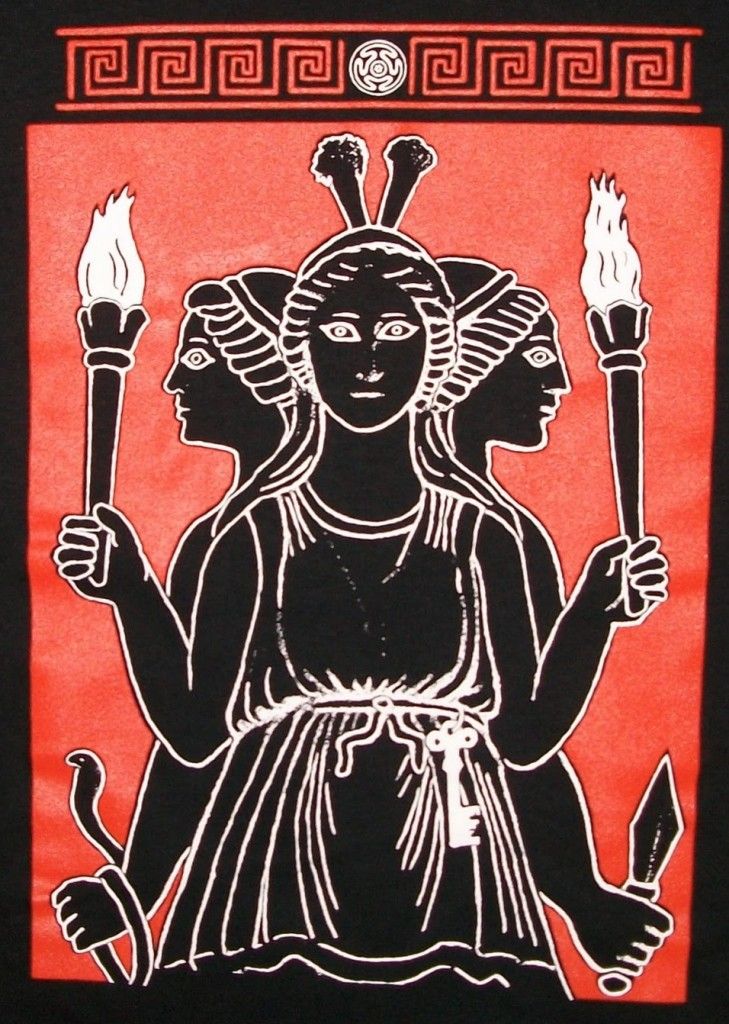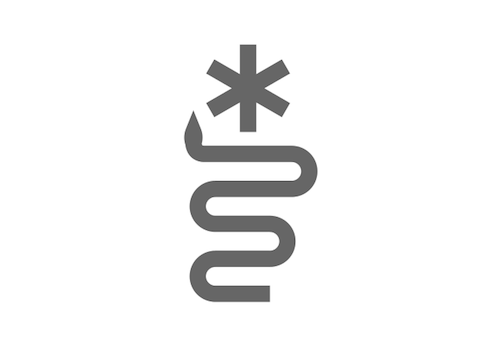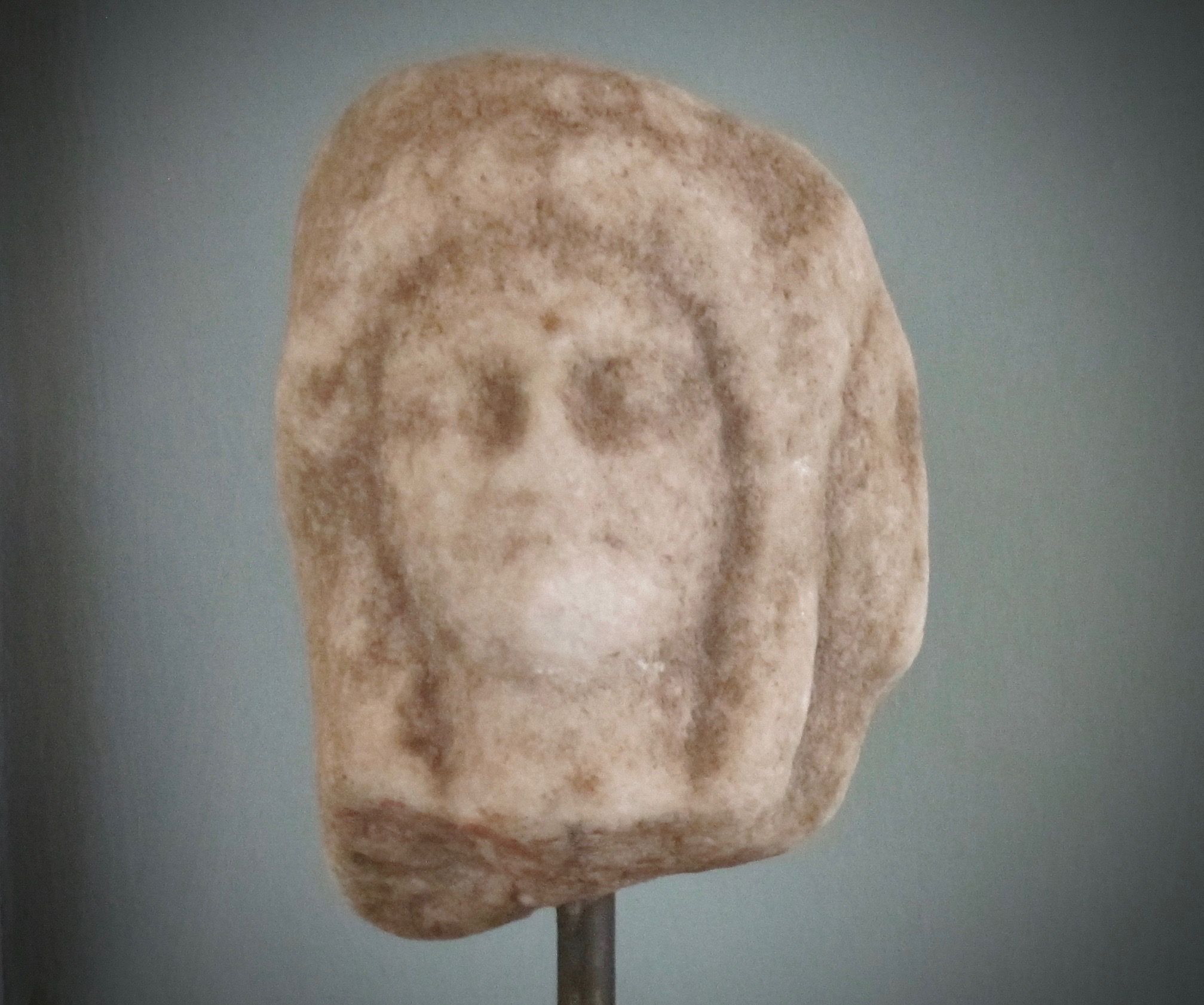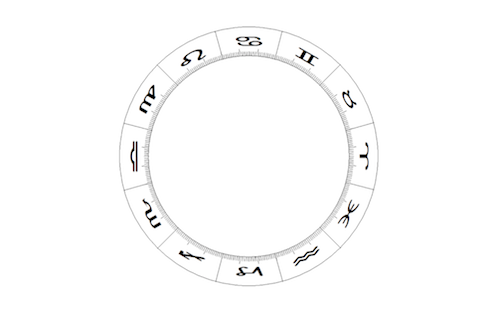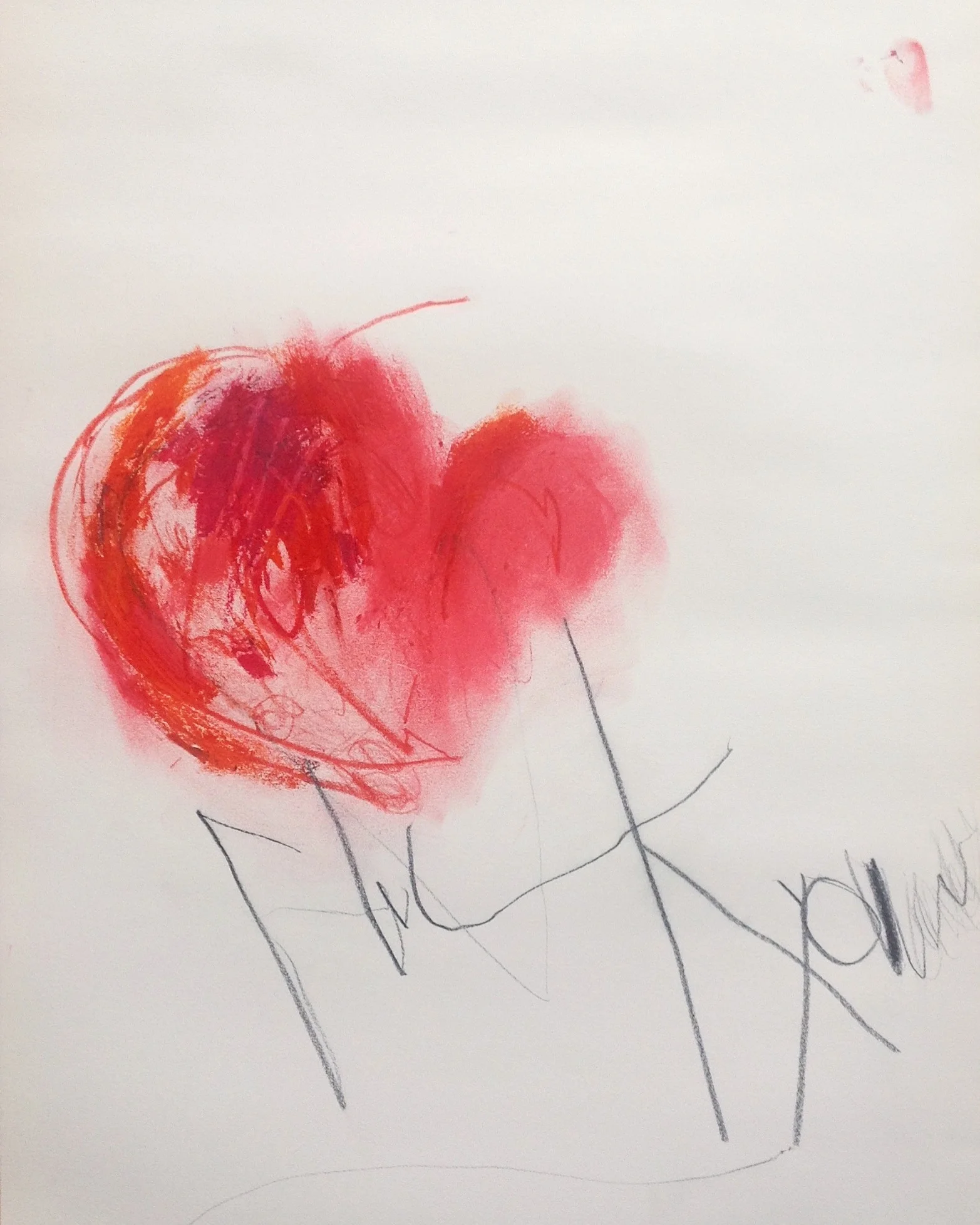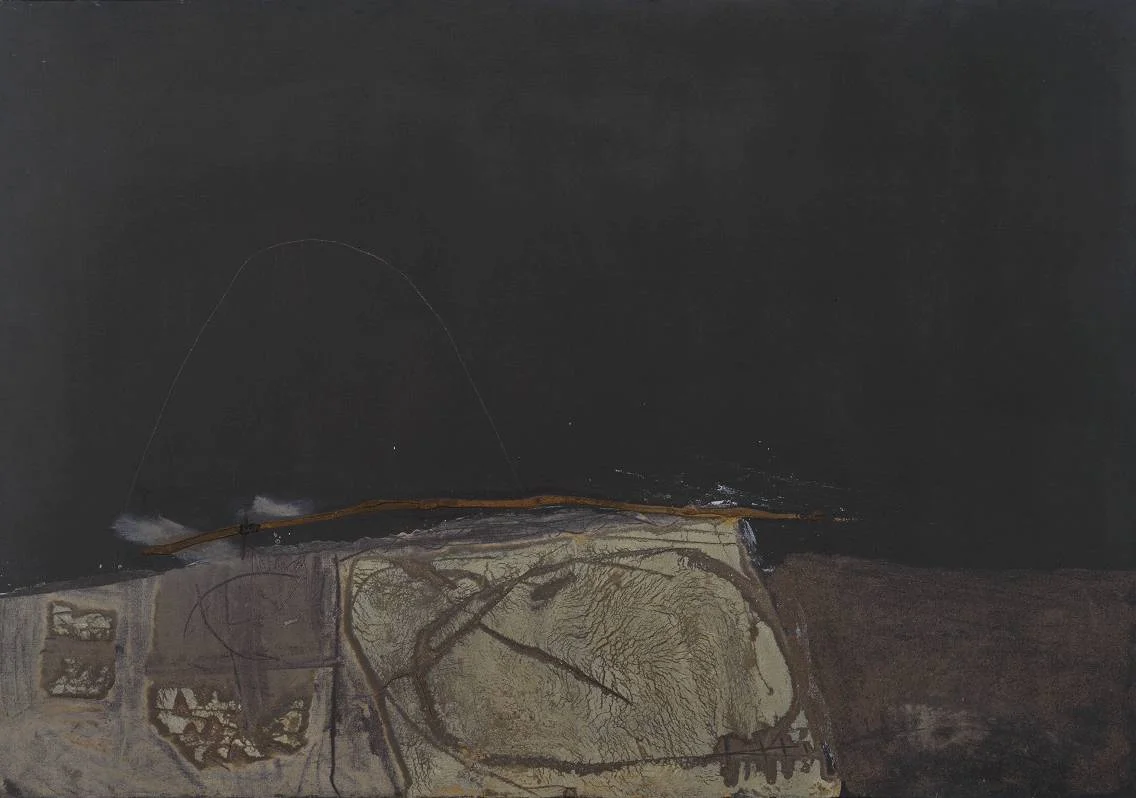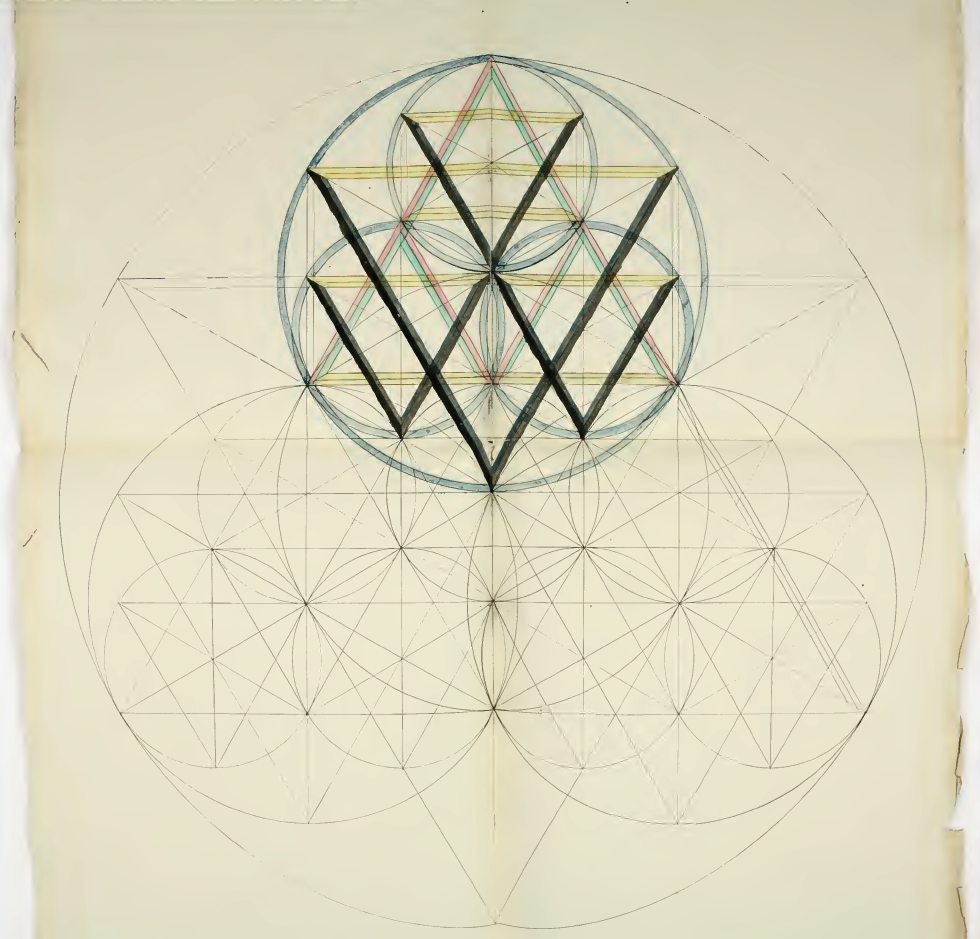ANTISICA Aug/2013
/Planets in antiscia and contra-antiscia reflect one another across the cardinal axis. The cardinal axis (sometimes called the Aries Point) is essentially the node of the Sun and is a point we all share. It is the intersection of two Great Circles: the ecliptic (the sun's path = our zodiac) and the earth's equator. A planetary pair is formed when planets connect across the cardinal axis; similar to planetary pairs formed by planets in aspect or in conjunction, planets in antiscia are making a terrestrial statement. Planetary pairs provide insight into the energy of the day, as well as enriching natal and dynamic chart delineation. More on antiscia here...
To use the list below, simply blend the meanings of the planets in combination.
- Bold dates indicate a particular planetary expression is exact (within 10 minutes of arc).
- Dates showing only one planet indicate its ingress into a cardinal sign (meaning: it is sitting directly on the cardinal axis and ought to feature prominently that day).
- Those with a (c) indicate contra-antiscia - a symmetrical arrangement around the Aries/Libra axis.
- The date[s] the planetary pair is formed is listed on the left - and the day & time it perfects is on the right.
Day of month + Planet/Planetary Pair + Day/Time @ exact (PDT)
August 2013
5, 6 Venus Uranus 5 – 22:54
9, 10, 11 Sun Node (c) 10 – 07:59
15, 16, 17 Sun Saturn (c) 16 – 08:51
16 Venus (0 LIB)
17, 18 Mercury Node (c) 17 – 23:06
20 Mercury Saturn (c) 20 – 11:57
30 Mercury Venus (c) 30 – 13:01
ABOVE:
Venus Uranus on the cardinal axis, August 5th & 6th
If you'd like to learn more about antiscia, or about your chart, or astrology generally, I offer student-directed mentorship and consultation services.
Be well!

